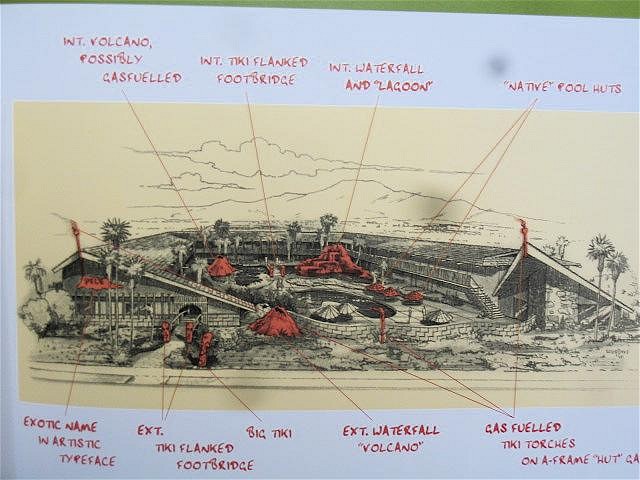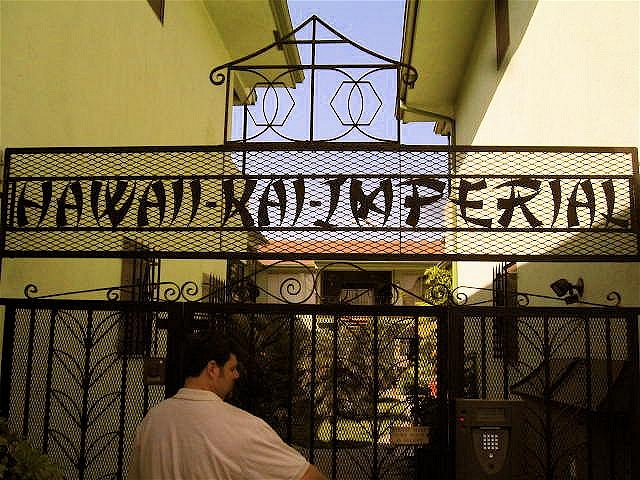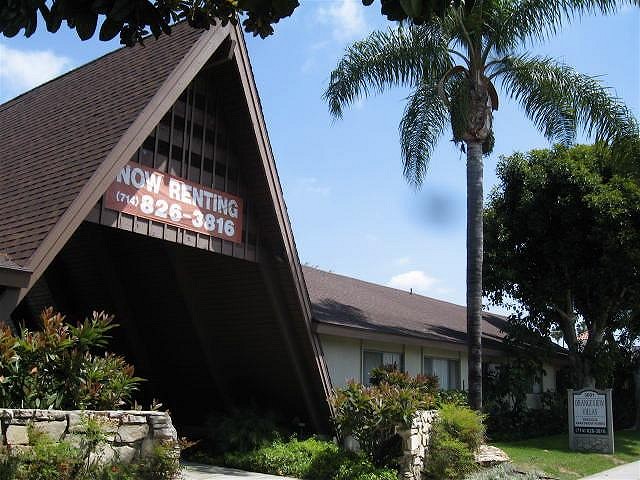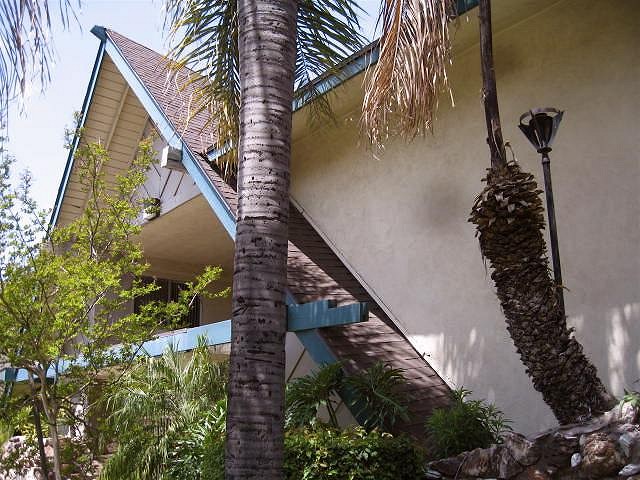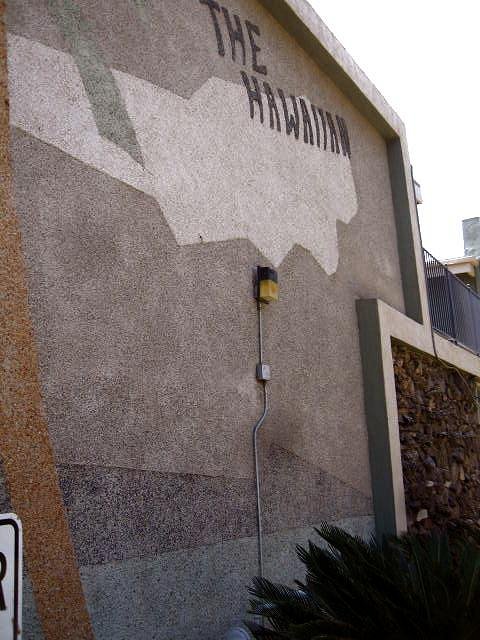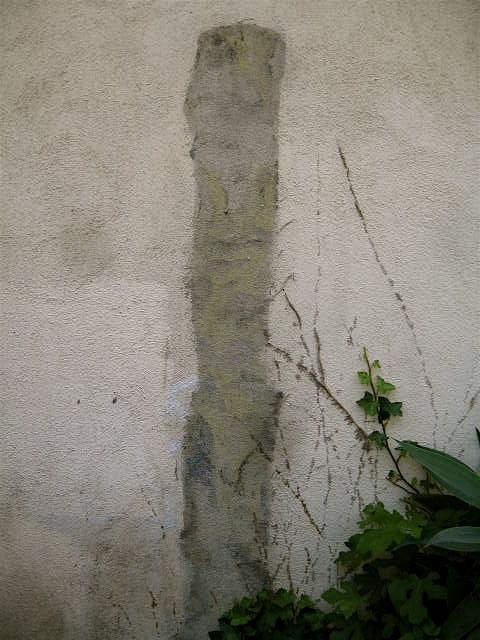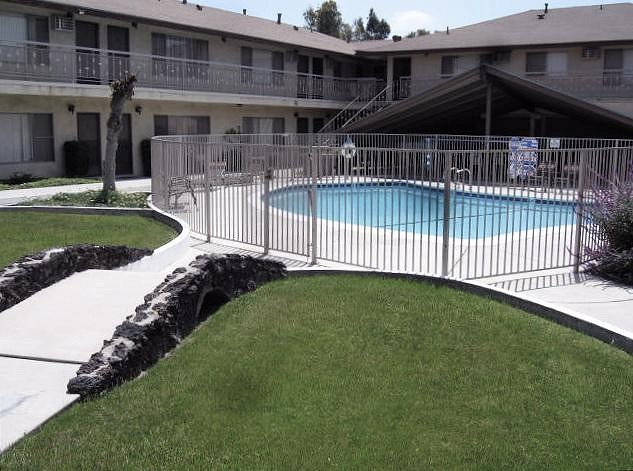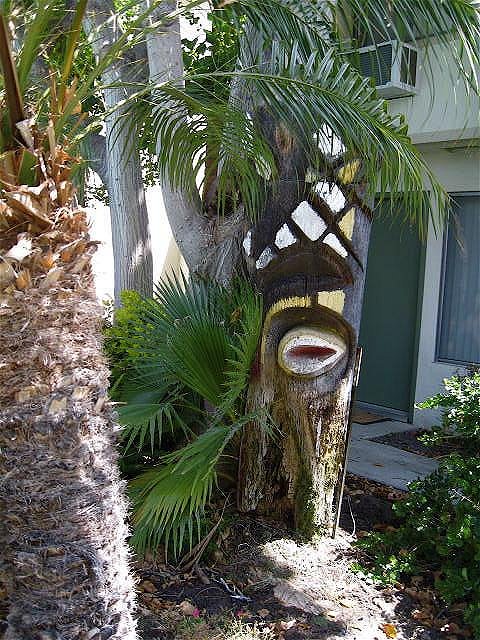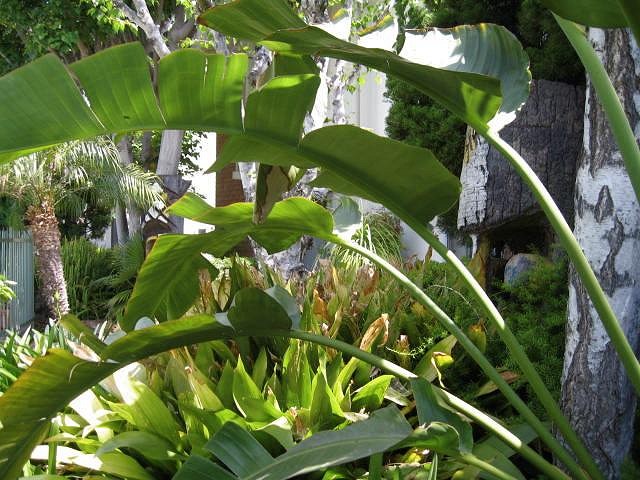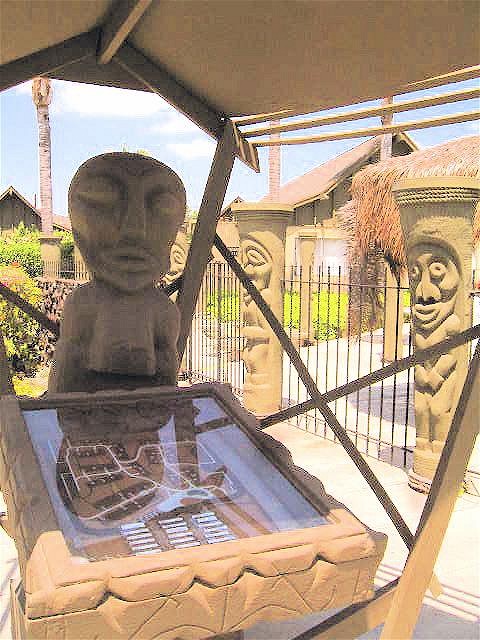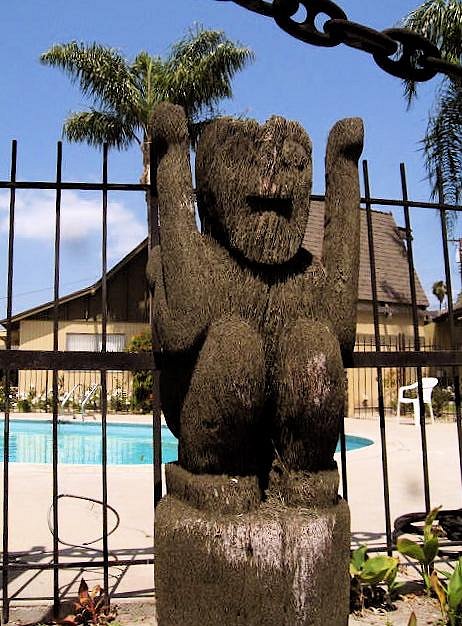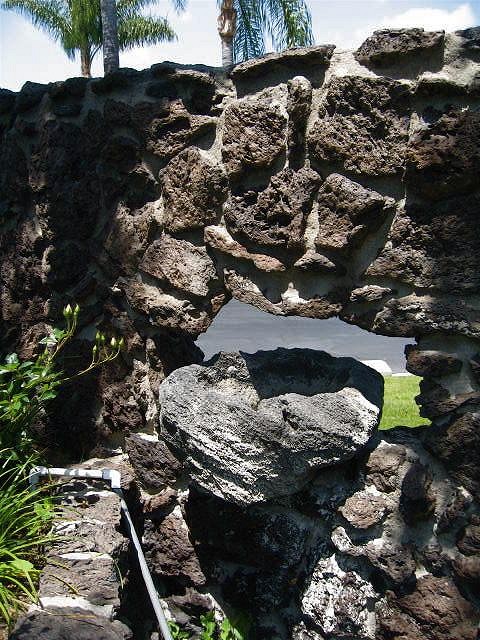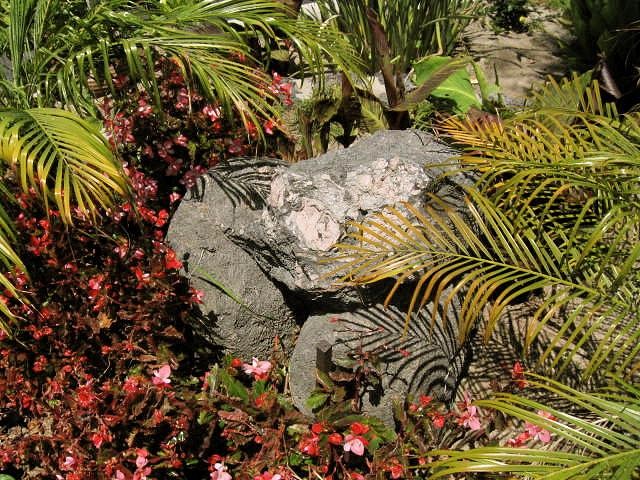Tiki Central / General Tiki / The Art of Apartment Archaeology
Post #377492 by bigbrotiki on Thu, May 1, 2008 3:49 PM
|
B
bigbrotiki
Posted
posted
on
Thu, May 1, 2008 3:49 PM
I feel compelled to direct the TC community's attention to the recent activities in this particular genre of classic Tiki culture which have appeared in the perhaps sometimes overlooked "Locating Tiki" forum. Several members and some newcomers to TC have provided further proof that Tiki apartments indeed are the most plentiful testimony still in existence that Tiki style was not just a "tacky" fad, but a style in its own right, just like Art Nouveaux or Post Modern architecture. The "language" of Tiki style, which was invented by the Tiki restaurants and bars, was transferred to Motels and especially apartment buildings, as I demonstrated in the Book of Tiki with the rendering of the Pele Apartments: When I set out to research my first book in 1992, there were still Tikis to be found in many of the "Tiki Villages" I discovered. Ironically, though the main icon of the style, the Tikis were the fastest to decay and the easiest to get rid off for "modernization" because most of the time they were not structural, so nowadays the once plentiful freestanding carvings are very rarely encountered. However, many other determining features of the style, like A-frame entrances, and the remnants of elaborate landscaping concepts are rewarding finds for the urban archaeologist to this day. Here are some examples of details we came upon when I joined noted Tiki apartment explorer Zulu Magoo on an urban expedition just a few weeks ago. I will point out some details to look for in apartment archaeology (Zulu. please p.m. me with the names of the places that are missing so I can ad them here, I did not write them down because I knew you would :) . And please ad some of your own shots!) First of the exotic names of the apartments, usually written in some exotic typeface:
Professor Dr Magoo unable to gain access to the courtyard. But visual surveying of this site revealed: Since my early research missions, many original wood signs have fallen apart, and often once Polynesian named places have been rechristened into generic Hispanic place names, like this fine A-frame which once was the "Mauna Loa Gardens" and is now called the "Orange View Villas":
The Samoan Apartments below sported TWO A-frames, and a gas torch hidden behind a palm tree was the only detail left of the "Pele" feature list:
Right across the street was a square looking apartment block with this surprising "concrete pebble" mural of a palm tree and island with the name "The Hawaiian" set in stone:
On another apartment building wall we found what one might call a mysterious "Hiroshima victim shadow" imprint of a Tiki: Around the entrance there were several great lava rock planter walls that once must have formed impressive water features. The interior courtyard was a text book example of "easy maintenance" Tiki landscaping devolution:
The moat that once ran under the lava rock bridge had been filled in, any tropical foliage had been reduced to a tree stump, and the bane of Tiki apartments, the dreaded safety fence, obscured the view to the now barren A-frame rec room. One place, the Nani Loa Isle, was a happy surprise, as the courtyard with its lush foliage revealed several decaying Tikis in situ:
Because we were in the neighborhood, we visited the amazingly intact Kona Gardens Apartments again (205 S. Western Ave, Garden Grove), whose sign and unique map holding Tiki I got to show in "Tiki Modern", thanks to Zulu Magoo's research:
The exposure problem I had encountered previously, where the contrast between the bright sun and the shade under the map Tiki's A-frame roof was too much, was present again, so here is another shot of the map Tiki being visible with the outside overexposed: This place is one of the best preserved Tiki Villages left, just look at this fern wood Tiki and the anchor chain railing. The lava rock walls on the left and right once housed nice water features...
...and what really killed me was finding the legs of what must have once been an amazing lava rock carved Tiki in the rock planter on the right side. These were at least two feet wide, so he must have been impressive:
So I urge everybody to peruse the various Tiki apartment posts now up in "Locating Tiki", some begun by Sabu years ago, and now updated by Tiki Kate and Bora Boris, who have been very adventurous lately. I intend to ad some substantial material in this section soon. [ Edited by: bigbrotiki 2008-05-02 04:30 ] |

